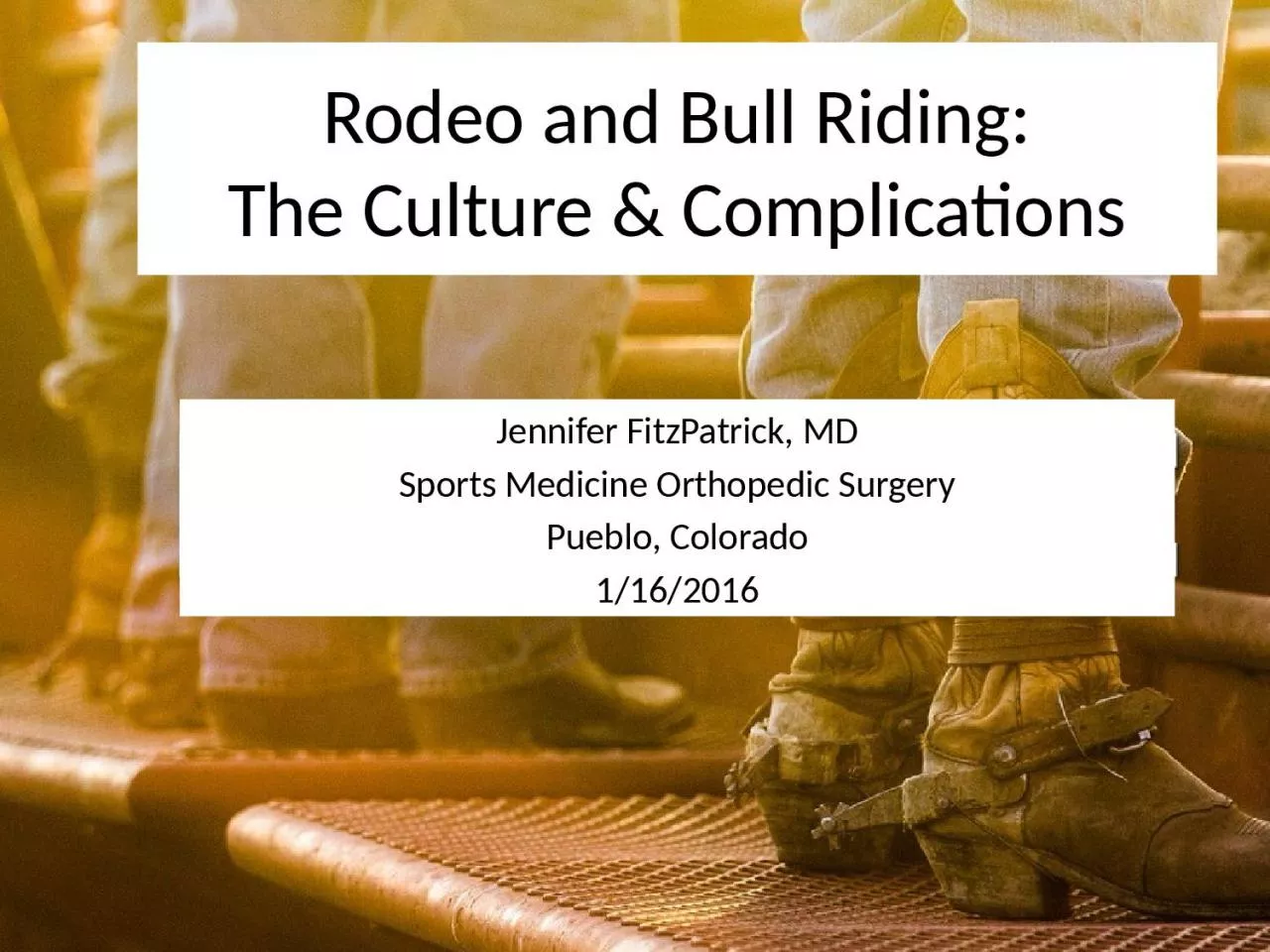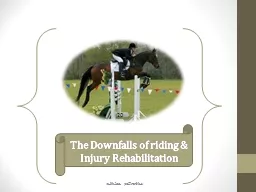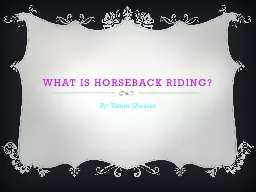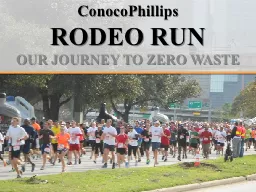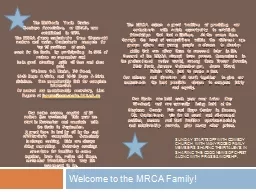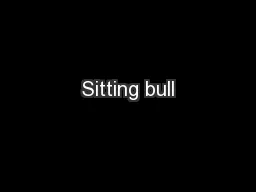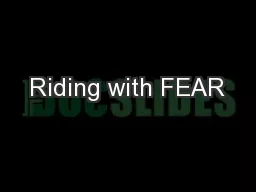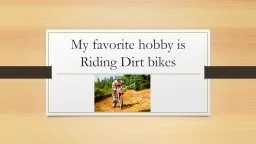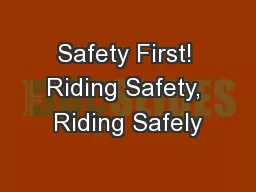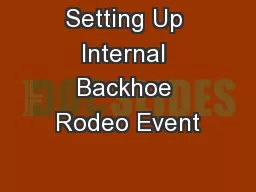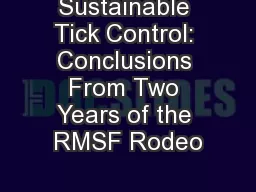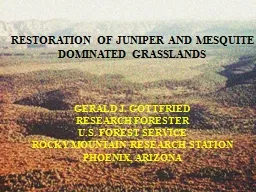PPT-Rodeo and Bull Riding: The Culture & Complications
Author : mackenzie | Published Date : 2023-08-30
Jennifer FitzPatrick MD Sports Medicine Orthopedic Surgery Pueblo Colorado 1162016 Outline The Culture Rodeo Roots Rodeo Events The Cowboy Cowgirl The unique rodeo
Presentation Embed Code
Download Presentation
Download Presentation The PPT/PDF document "Rodeo and Bull Riding: The Culture &..." is the property of its rightful owner. Permission is granted to download and print the materials on this website for personal, non-commercial use only, and to display it on your personal computer provided you do not modify the materials and that you retain all copyright notices contained in the materials. By downloading content from our website, you accept the terms of this agreement.
Rodeo and Bull Riding: The Culture & Complications: Transcript
Download Rules Of Document
"Rodeo and Bull Riding: The Culture & Complications"The content belongs to its owner. You may download and print it for personal use, without modification, and keep all copyright notices. By downloading, you agree to these terms.
Related Documents

